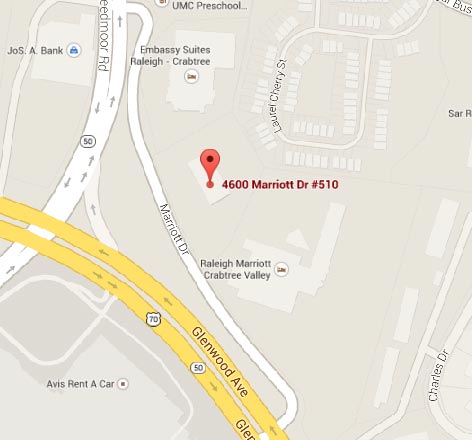 In life we often make decisions based on a risk/reward ratio. We might not call it that. We might not even be conscious of the process as it’s taking place, but it’s there.
In life we often make decisions based on a risk/reward ratio. We might not call it that. We might not even be conscious of the process as it’s taking place, but it’s there.
Do I eat another brownie? Is the reward of the chocolaty goodness worth the risk of the extra calories? Do I speed on the highway? Is the reward of the time saved worth the risk of a possible ticket?
The same process takes place in education by teachers and students alike. Students decide if the risk of answering a question they’re unsure of is worth the reward that may come from answering correctly. Teachers ask themselves if the risk of both instructional and planning time needed to undertake a new project or redesign a lesson or unit is worth the potential reward of deepening student learning and understanding.
What if it doesn’t work?
Taking risks together
The truth is that powerful teaching and learning includes risks. This year, I have been fortunate to work with many teachers willing to take risks and to try new strategies and to rethink lessons.
They took a risk by inviting me into their lesson planning and into their classrooms. We collaborated and reflected on practices and goals. We explored data and looked for ways to get better, not because there was anything wrong but because we know there is always room for growth.
Brainstorming options
When Jamie Hill at Chase High School invited me to help work on a unit plan she was revising about the Holocaust, I don’t think I fully appreciated the risk she was taking or was willing to take at the time. But she had taken a risk.
She shared that while students were generating various artifacts throughout the unit, the unit itself didn’t seem to have a clear end. They just finished the last artifact and moved on.
We brainstormed possible ways to merge the various artifacts into one cohesive portfolio of work for the unit, which students would collect and publish, sharing their work with each other. However, simply collecting the pieces of the project along the way wasn’t enough. She wanted students to reflect on the process and share more than what the artifacts themselves revealed.
App generates reflection
We ultimately settled on using Aurasma.com to build what they call auras on the target pages. Aurasma works like a QR code, but instead of a black and white square, you can make nearly anything your target.
When the target — in this case, a webpage — is scanned with the Aurasma app, video overlays can be made to appear. Teachers could provide resources to students directly on the page using this type of augmented reality.
For Mrs. Hill, the scanned target provided a way for students to reflect on their work and share it. When the target pages of their websites are scanned, the students reading their work or explaining their thinking will appear. The possibilities were vast, but there was also plenty that could go wrong. It was a risk, but Mrs. Hill wanted to try.
Mrs. Hill said, “For this Holocaust unit, I truly felt I needed to include more student reflection to effectively drive home the theme of ‘Never Forget.’ Using Aurasma was a way to combine a higher level of technology with my desired component of student reflection. It was risky in that I felt pressed for time at this point in the semester. However, students eagerly created their individual videos and were very patient as we learned how to create the auras.”
We’ve experienced setbacks along the way, but Mrs. Hill never gave up. Together we found alternatives and workarounds for any roadblocks that sprang up. “In the end, using auras was time well spent as my students were able to express individual reflections through the use of a multi-media product, thus ensuring me they will ‘never forget’ the Holocaust,” Mrs. Hill said.
Worth the risk
Ultimately, Mrs. Hill took a risk, one that has paid off. Her students have been excited about not only creating their own media but also viewing each other’s work. Moreover, Mrs. Hill now has a valuable insight into the thinking and learning that took place during her Holocaust unit she wouldn’t have had if she had not taken a risk.
While teachers and students alike will continue to struggle with the risks and rewards education offers them, I’m impressed with those teachers who continue to take risks in an effort to deepen student learning and understanding. The next time you’re faced with a challenging decision, a risk that seems like too much or bad timing, remember the words of hockey legend Wayne Gretzky who said, “You miss 100% of the shots you don’t take.” Deepening a student’s learning experience is a shot worth taking each and every time.
Dan Miller is an instructional coach with NC New Schools and teaches online courses for Central Piedmont Community College. Previously, he taught English at Mooresville High School, Caldwell Early College High School and Hibriten High School.




















